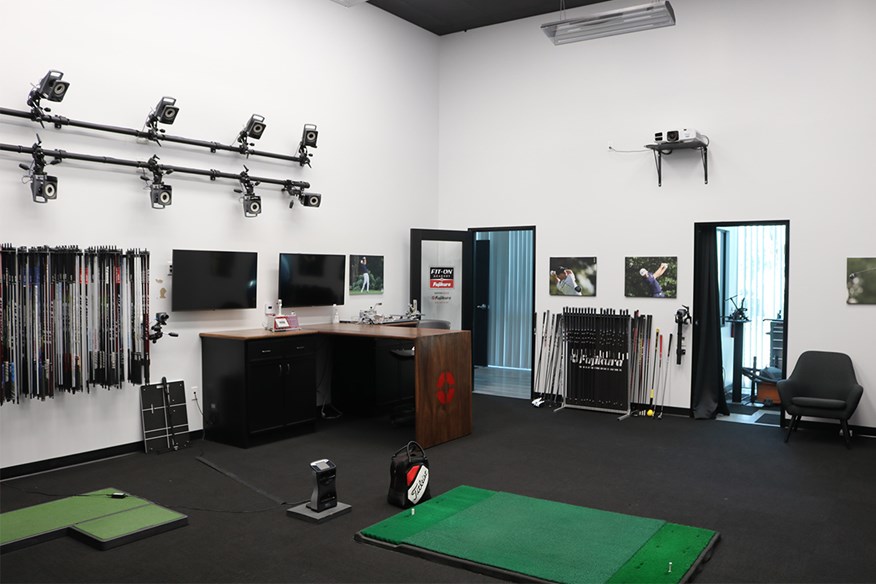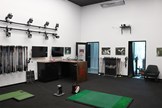I’ve done more than 5,000 golf club custom fittings: here are my four biggest myths
Last updated:
Golf equipment, and custom fitting, are some of the most misunderstood aspects of the game. Today, I’ll talk you through some of the biggest myths held in the golf equipment world.
During my 10 years as a master custom fitter and club builder, I’ve done upwards of 5,000 fittings for golfers of all abilities. Every golfer and every fitting was different, but there were some clear trends and misunderstandings that cropped up time and time again. I’ll take you through the biggest and most common misconceptions about golf equipment so you can avoid making mistakes that could see you using the wrong clubs, wasting money, and making the game harder than it should be.
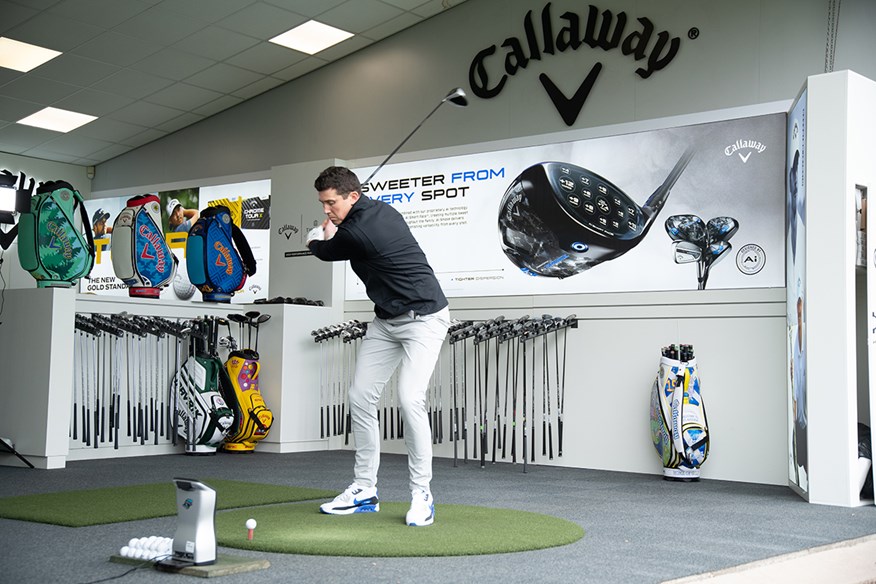
‘I am not good enough to be custom fit’
The biggest, easiest, and most obvious one we could have started with, this self-deprecating statement is one that has been hovering around golf equipment for the last 20 years in the fitting industry.
Although it may not feel like it from round to round or shot to shot, you’d be surprised how consistently you deliver the club back to the ball.
From a technical standpoint, these are numbers like Club Path (the direction the clubhead is moving at impact), Face Angle (the direction the clubhead is facing at impact), or Swing Plane (the angle the club/shaft is pointing towards at impact).
From a ball flight perspective – which is the more important aspect when we’re actually playing the game – this will reflect in your fade/slice/hook/draw, etcetera, etcetera.
Many mid and high-handicappers think they deliver the club completely differently from one shot to the next. Trust me, as someone who’s fitted everyone from pros to almost total beginners, you don’t. Your delivery will be very similar shot after shot. If your results seem erratically different, it’s the result of fine margins. A 0.5” difference in where you strike it on the face can make a huge difference to the result. A shot struck fractionally heavy could fly 30 yards shorter than a pure one.
The key to a good fitting is identifying how you deliver the club and finding a club-shaft-grip combo that punishes the small inconsistencies the least. This doesn’t necessarily mean a change in shot shape – although a completely new ball flight isn’t out of the question as a result of properly fitted clubs – but it does mean that where the ball goes will be more predictable, helping you hit more fairways and greens.
Make sure your next driver or iron purchase makes the best use of a custom fitting service.
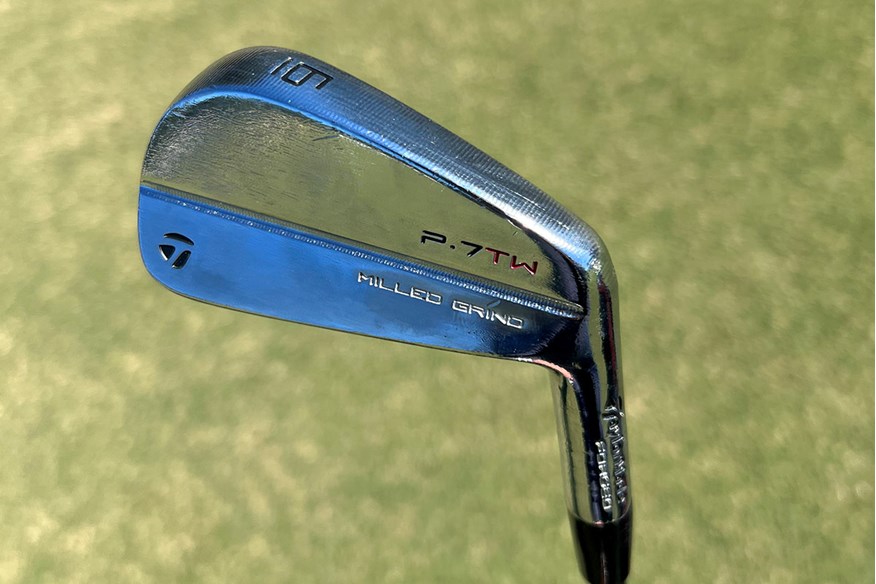
‘Clubs don’t go further, the lofts are just stronger’
This is a personal favorite and it’s certainly no lie that clubs – and not just in the ‘Game-Improver’ iron category – are seeing lofts become stronger.
With all else being equal, stronger lofts do create greater distance. No one will deny that a Ping G430 PW at 41 degrees is going to go further than the Titleist T100’s 46-degree PW, but the purpose of this stronger loft has been misconstrued.
The stronger loft not only makes the ball go further, it also makes it fly lower. Why would you want that? Well, let me explain…
As clubhead design has evolved, through better engineering and more advanced materials, the understanding of how a club’s center of gravity (CG) can be moved to assist in the golf ball’s trajectory has changed the way we manufacture irons, woods, and even wedges and putters.
If we bring the CG down lower in the head, the club now deflects at impact to force the ball higher. We can use this in one of two ways:
1) we can keep a traditional loft and get more height thanks to the lower CG for golfers who struggle to launch shots high enough
2) we can lower the loft to gain distance while maintaining the height you would have got with a traditional loft.
As a bonus third benefit, a lower CG also massively helps with shots struck low on the face.
If you’re still against loft-jacking, as it is unaffectionately referred to, I’d give you this final thought… If you look at all the ‘traditional’ clubs you can buy today, with their 46* or 47* wedges, would you say they match with iron sets of 40 years ago? Or can those who played the Mizuno TP-9, with its 50-degree PW, say the same thing about your beautiful new Mizuno Pro 241s?
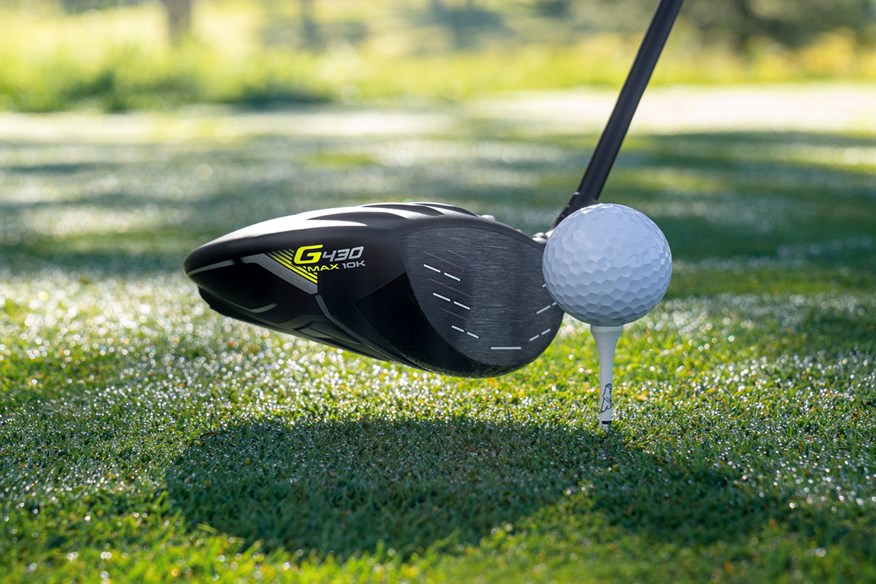
‘I need all the forgiveness I can get’
Same as the previous talking point, this isn’t an untrue statement, more one that needs editing slightly because of the question that should follow immediately after; what defines your forgiveness? The definition is key to finding the right product for you.
You’ll no doubt have seen the marketing behind drivers like the Ping G430 10K or the Taylormade Qi10 Max, both designed to make the club as forgiving as possible by increasing MOI (moment of Inertia) to resist the twisting of the club on off-center contact.
This is great if you suffer from an inconsistent strike across the face because those heads are designed specifically around that miss. But what happens if you don’t miss all across the face? Do you need the club to help on toe and heel strikes if your miss is center-struck but you leave the face open and produce excessive spin?
The answer is… maybe.
Different people need forgiveness in different forms.
Some will find more help with a traditionally forgiving driver, like those above, due to the CG (remember this from earlier?) being rearwards in the head and helping them square the face to the target.
For another golfer, maybe one that over-spins it with a low face strike but hits the ball on target, a club head that wants to close more won’t help in the same way.
For this golfer, we might be better looking at what is on paper a less ‘forgiving’ model and going into a lower spin head. With Low Spin drivers, such as Cobra’s Darkspeed LS or the Callaway Ai Smoke Triple Diamond, where the CG is pushed forward to help the head ‘lean’ with less dynamic loft to provide lower launch and spin.
The bottom line is you won’t know exactly what you need without measuring. A good fitting provides you with an analysis of your impact and issues so you can understand why certain models will help you more than others.
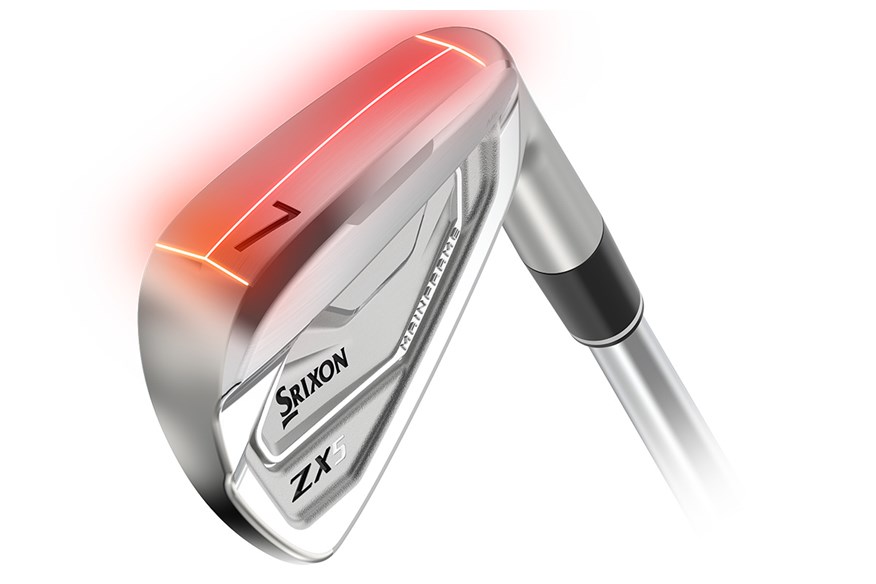
‘Thinner irons are only for better players’
This one comes back to our talk about forgiveness; specifically, something rarely talked about called Turf Interaction.
Irons come in all manner of shapes and sizes for multiple different reasons. But finding the right iron for you is more than just what you want to look down at.
I like the Srixon ZX Mkii irons as an example. Regardless of whether you pick the ZX4, the thickest model, or the knife-like Z-Forged blades, you’ll notice a v-shaped ridge running down the sole from heel to toe.
This ‘VT Sole’ design has been a mainstay of Srixon products for many generations now and the idea remains the same. With the sharper shaping to the front of the sole, the leading edge is being restricted from entering too much into the ground, allowing steeper players, even higher handicap ones, to play a smaller iron than they may normally consider looking at while still receiving the help they need to prevent the club twisting through the ground.
Equally, a shallow player doesn’t take much of a divot when they swing. A bigger head may help you on a thinned mishit, but it can also be causing it. Too much sole width, especially on firmer conditions, can stop the club from entering the ground properly, making the club ‘bounce’ off the turf and raise the leading edge, ending in lower face contact.
In that case, a thinner sole will help the club move through the ground even if our golfer is a higher handicap.
Even the ground conditions you play on can affect whether you need a larger or smaller club sole. Ultimately, getting fitted by an expert is the only way to know what will work best for you.
SUBSCRIBE TO TODAY’S GOLFER: Print and Digital access, discounts and rewards!
